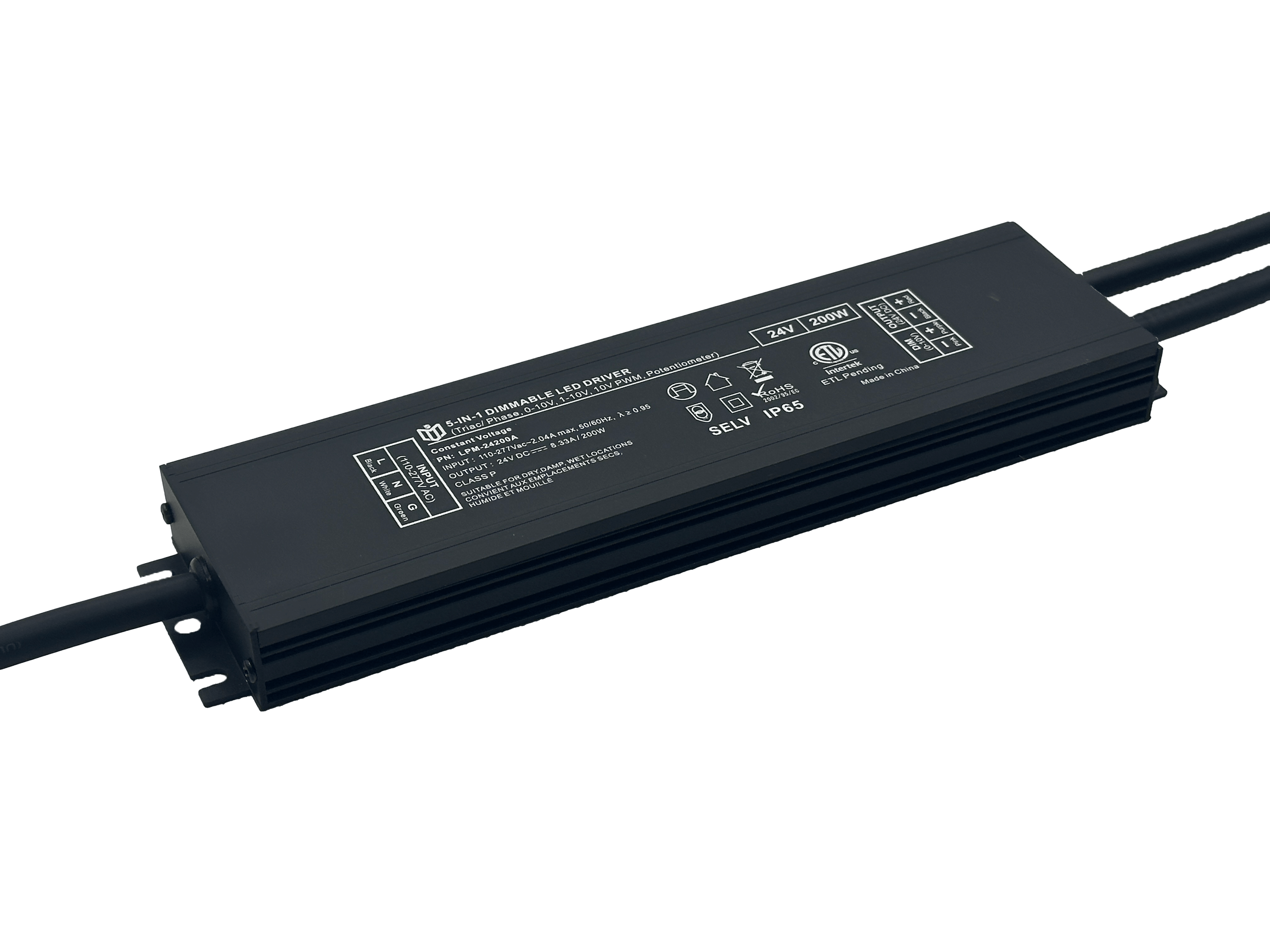Market Leaders: Who's Driving 0-10V Technology Evolution?

The automotive industry stands at a transformative crossroads where voltage management systems determine both performance boundaries and sustainability benchmarks. At the heart of this revolution lies the sophisticated 0-10V technology framework—a silent yet powerful enabler reshaping everything from electric vehicle (EV) charging infrastructure to advanced battery architecture. As global demand surges for cleaner mobility solutions, understanding who drives this innovation becomes crucial for investors, engineers, and policymakers alike.
Industry Titans Championing Standardization Protocols
Leading OEMs like Tesla, BYD, and Volkswagen Group have established themselves as architects of interoperable charging ecosystems through rigorous adherence to 0-10V signaling standards. Their R&D teams focus on optimizing analog control mechanisms that ensure seamless communication between chargers and onboard systems across diverse climate conditions. For instance, Tesla’s Supercharger network utilizes precision voltage modulation to negotiate power delivery rates dynamically, reducing grid stress during peak hours while maintaining optimal battery health cycles. This commitment to open standards creates downward compatibility cascading through Tier 1 suppliers worldwide.
Battery Manufacturers Redefining Performance Thresholds
Panasonic, CATL, and Samsung SDI dominate cell production with breakthroughs in voltage gradient management across lithium-ion arrays. By implementing micro-segmented monitoring within battery packs—tracking individual cell voltages along the 0-10V spectrum—these manufacturers achieve unprecedented thermal stability and cycle life extensions. Modern BMS units now employ AI algorithms trained on millions of charge profiles collected globally, enabling predictive maintenance alerts before deviations exceed ±2% tolerance windows. Such precision allows buses operating in desert environments to match cold-weather performance metrics previously considered impossible.
Charging Infrastructure Pioneers Bridging Gaps
ChargePoint, ABB E-Mobility, and Tritium lead fast-charging deployments leveraging adaptive 0-10V protocol stacks. Their hardware supports bidirectional power flow capabilities essential for vehicle-to-grid (V2G) applications emerging in Europe and California pilot programs. Smart cable designs incorporate embedded chipsets interpreting real-time voltage fluctuations as safety diagnostics, automatically pausing sessions when abnormal readings occur. Field tests show these safeguards reduce connector wear by 40% compared to legacy systems lacking such intelligence layers.
Automotive Tier-Ones Engineering NextGen Powertrains
Magna International, Bosch, and Continental develop integrated power electronics modules harmonizing motor controllers with 0-10V referenced DC/DC converters. Their SiC MOSFET implementations cut switching losses by 35% while maintaining sub-millisecond response times to voltage dips during acceleration bursts. Simultaneously, ZF Friedrichshafen’s latest eAxle designs feature galvanically isolated measurement circuits ensuring accurate voltage sampling even amidst electromagnetic interference typical in hybrid configurations. These advancements collectively push efficiency figures beyond DOE’s 2025 targets three years ahead of schedule.
Startups Disrupting Through Niche Specialization
Emerging players such as Nuvve Holdings and WiTricity challenge incumbents via patented wireless charging topologies using phase-shifted 0-10V carrier waves. Their magnetic resonance systems achieve 93% efficiency rates at distances exceeding 20cm—critical for autonomous robotaxi fleets requiring hands-free refueling stops. Meanwhile, British firm Oxitronic specializes in ultra-fast charging scenarios where precise voltage ramp control prevents lithium plating during extreme SOC transitions. Early adopters report charging times halved versus conventional methods without compromising warranty retention.
Policy Makers Accelerating Ecosystem Maturity
Regulatory bodies including IEC SC21B Working Group actively update international safety codes governing 0-10V implementations. The EU’s proposed Battery Regulation mandates standardized diagnostic connectors supporting full voltage range monitoring by authorized service centers starting 2026. Similarly, China’s MIIT recently announced subsidies for stations equipped with smart load balancing using 0-10V feedback loops. Such initiatives create fertile ground for SME innovators entering peripheral markets like retrofit kits or marine propulsion systems.
Collectively, these stakeholders form an intricate web where each node advances collective knowledge about harnessing electricity’s most fundamental parameter—voltage—with military precision. As consumer expectations evolve toward megawatt charging speeds and solar integration parity, mastery over the 0-10V domain will separate market leaders from followers in coming decades.
 In heritage architecture prote
In heritage architecture prote
 When small-batch customization
When small-batch customization
 Have the electromagnetic emiss
Have the electromagnetic emiss
 When Triac dimmable power supp
When Triac dimmable power supp
